17 Most Dangerous Animals You’ll Regret Messing With
The animal kingdom doesn’t play by human rules. Out in the wild, survival is the name of the game, and some creatures are armed with weapons you don’t want to test. Whether it’s venom that can shut down your nervous system, raw power that can flatten a person in seconds, or unpredictable aggression, these animals have one thing in common: they are not to be underestimated. If you ever find yourself in their territory, keep your distance—because a wrong move could turn into a very bad day.
Stingray
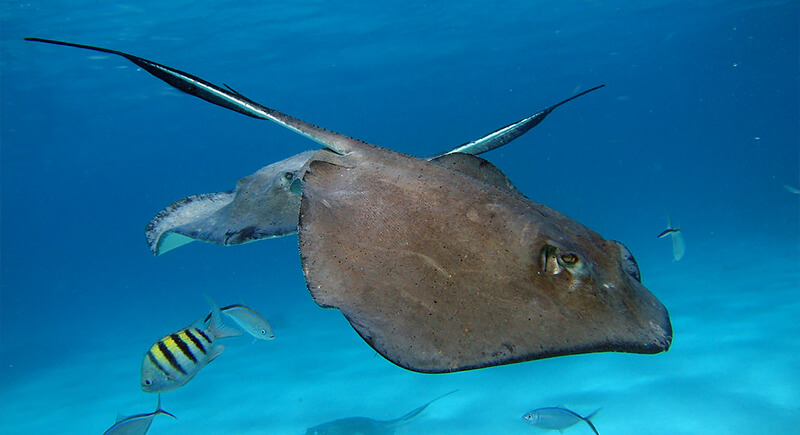
Credit: flickr
Stingrays are masters of disguise and blend with the ocean floor. Most of the time, they’re harmless, gliding through shallow waters without a care. Yet, if you step too close, their razor-sharp barb—loaded with venom—will leave you in agony. The pain alone is excruciating, but worse, a sting to the wrong area can be fatal. These creatures aren’t aggressive, but they won’t hesitate to defend themselves if they feel threatened.
Black Widow Spider
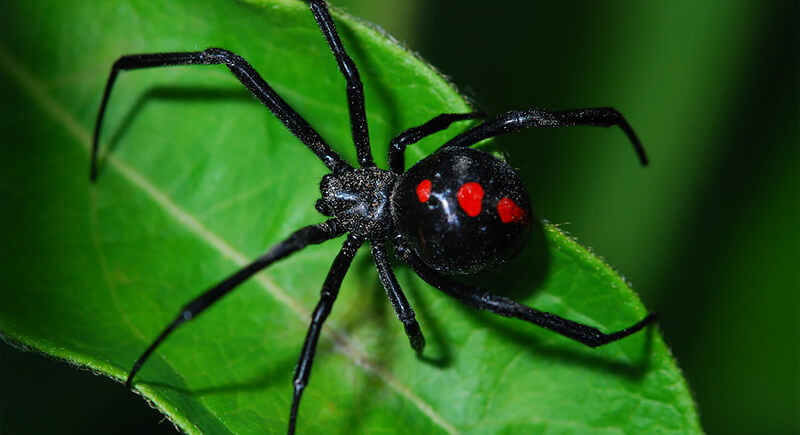
Credit: flickr
The black widow’s glossy black body and red hourglass warning are nature’s way of saying, Back off. This small spider packs a venomous bite that can send even the toughest person into unbearable pain, muscle cramps, and nausea. While modern medicine has reduced fatalities, the discomfort alone is enough to make you wish you never reached into that forgotten woodpile. They prefer dark, undisturbed areas—so before you grab that old pair of boots in the garage, take a second look.
Coyote
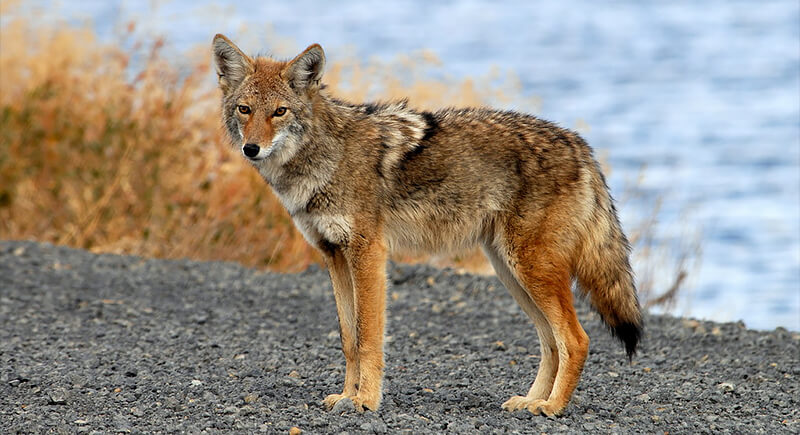
Credit: flickr
Coyotes are clever and adaptable, thriving in deserts, forests, and even city streets. They usually avoid people, but food shortages and urban expansion have made them bolder. A lone coyote might keep its distance, but a pack working together will stalk small pets, challenge humans who wander too close, and in rare cases, attack if they feel cornered. If you hear their eerie howls at night, know they’re close—even if you don’t see them.
Hippopotamus
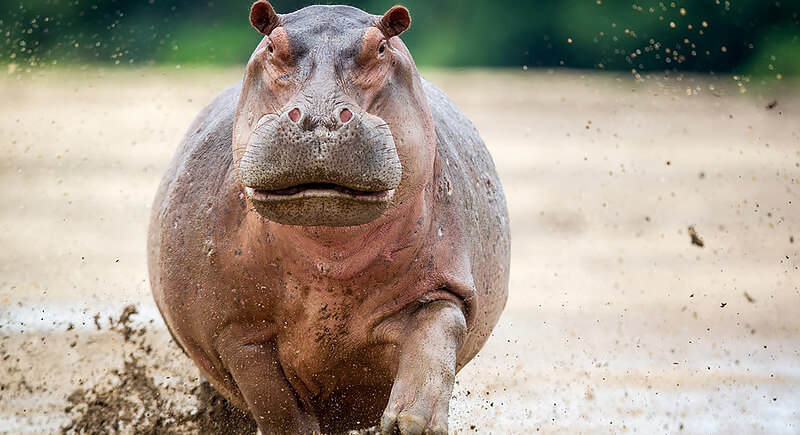
Credit: flickr
They may look like oversized river cows, but hippos are anything but gentle. These massive beasts are territorial, aggressive, and one of the deadliest animals in Africa. Weighing up to 4,000 pounds, they can charge at 20 miles per hour and flip boats with ease. Their bite is strong enough to crush a crocodile, and they don’t hesitate to attack anything that ventures too close to their watery domain. People assume they’re slow and lazy—until one starts chasing them.
Polar Bear

Credit: flickr
As the undisputed king of the Arctic, polar bears have no natural enemies and no fear. Unlike other bears that mostly eat berries and fish, these giants are full-time carnivores. If they’re hungry enough, they see anything that moves as potential food—including humans. They can track prey from miles away, smash through thick ice with a single swipe, and run faster than most people expect.
Box Jellyfish
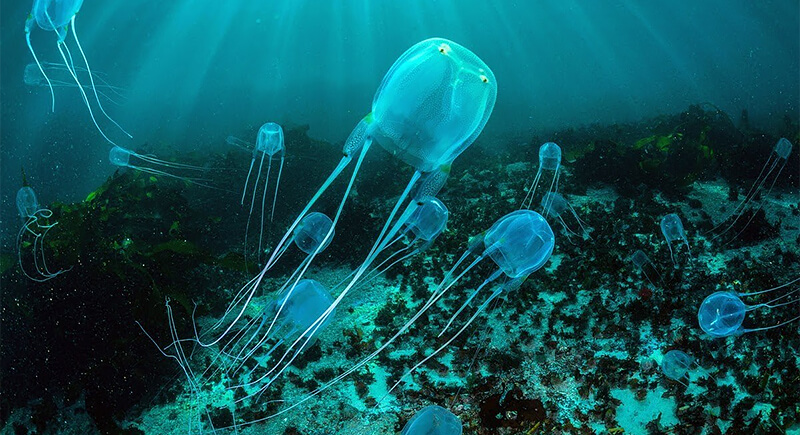
Credit: Reddit
A brush with a box jellyfish isn’t just a bad day at the beach—it can be deadly. Its tentacles are lined with venomous cells that deliver a sting so painful that victims have been known to go into shock before even reaching shore. The venom attacks the heart and nervous system, sometimes killing within minutes. There’s no screaming, no struggle—just a quiet brush against what looks like nothing, and suddenly, the body starts shutting down.
Cone Snail
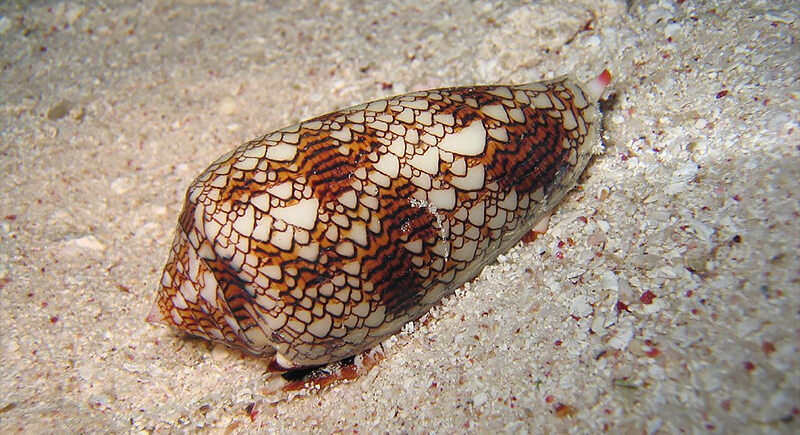
Credit: flickr
If you see a beautifully patterned cone shell on the beach, don’t touch it. Inside lives a tiny killer with a harpoon-like tooth that can fire venom potent enough to paralyze within minutes. Dubbed the “cigarette snail,” legend says its sting gives you just enough time for one last smoke before you’re done.
Golden Poison Dart Frog
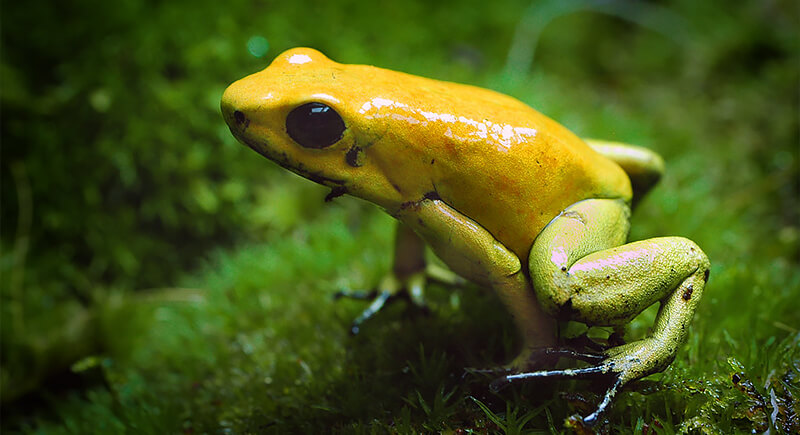
Credit: flickr
Vibrant yellow, barely the size of a paperclip, and absolutely lethal. The golden poison dart frog secretes toxins through its skin that can stop a human heart in minutes. Indigenous hunters in Colombia once coated their blowgun darts with its poison, using its lethal defense as a weapon. Even in captivity, where they lose their toxicity without their rainforest diet, they still serve as a reminder that the most dangerous animals don’t always look the part.
Cape Buffalo
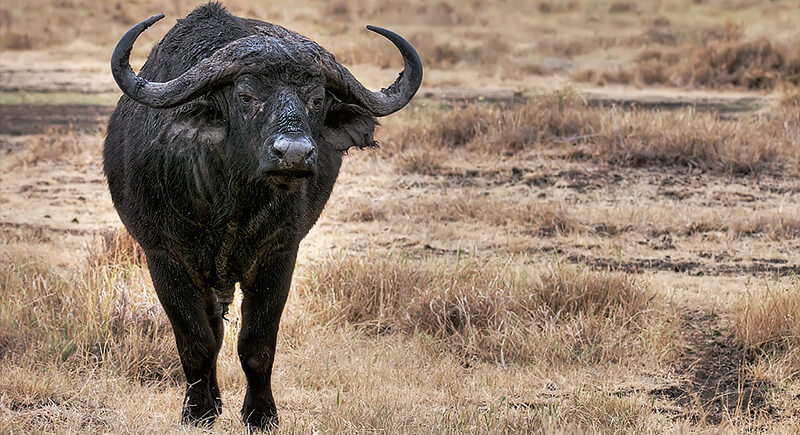
Credit: flickr
In Africa, the Cape buffalo has a reputation that even lions respect. If one feels threatened, it doesn’t hesitate to charge—often without warning. Weighing up to 2,000 pounds, with curved horns that can gore through flesh, it’s no wonder it’s nicknamed “Black Death.” Hunters who think they can outmaneuver one often learn the hard way that these beasts don’t forgive mistakes. Even lions think twice before taking one on.
Wild Boar

Credit: flickr
With razor-sharp tusks and a short temper, wild boars are nothing like their domesticated relatives. They’re fast, aggressive, and strong enough to knock down a full-grown human. If cornered, they’ll charge with full force, inflicting deep wounds. They also carry diseases that can transfer to humans, which means any encounter is a risk you don’t want to take.
Indian Saw-Scaled Viper
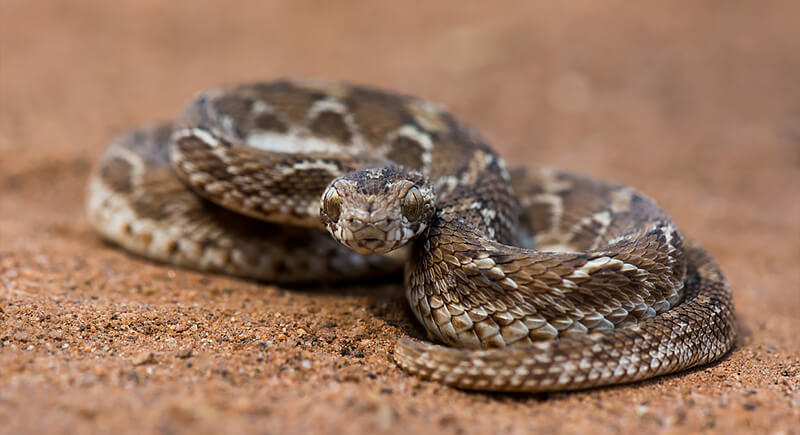
Credit: flickr
Despite its small size, this snake is one of the deadliest snakes in the world, responsible for thousands of deaths every year. When threatened, it rubs its rough scales together and makes a distinct rasping sound—like sandpaper. If you hear that, step away fast. Its venom causes uncontrollable bleeding, and without treatment, survival chances drop quickly.
Bison
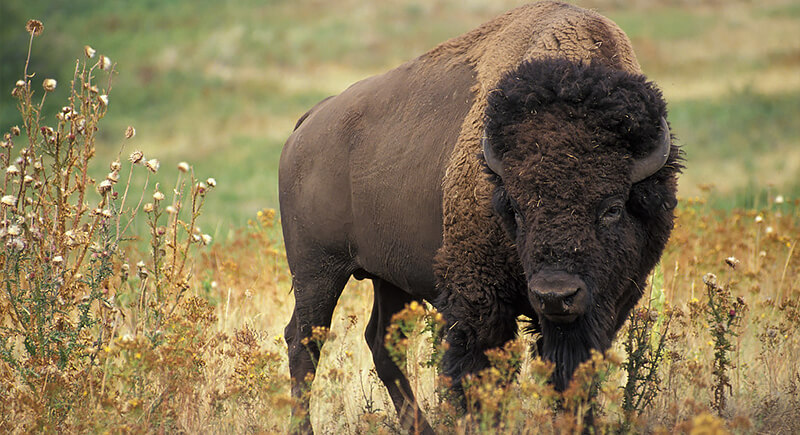
Credit: flickr
Seeing a bison in the wild is an incredible sight, and when pushed too far, you’ll realize why they’re North America’s largest land animals. Weighing over a ton, they can sprint up to 35 miles per hour and have the muscle to launch a careless tourist sky-high. Every year, people at national parks get too close for a selfie and end up learning the hard way why these animals should never be underestimated.
Pufferfish
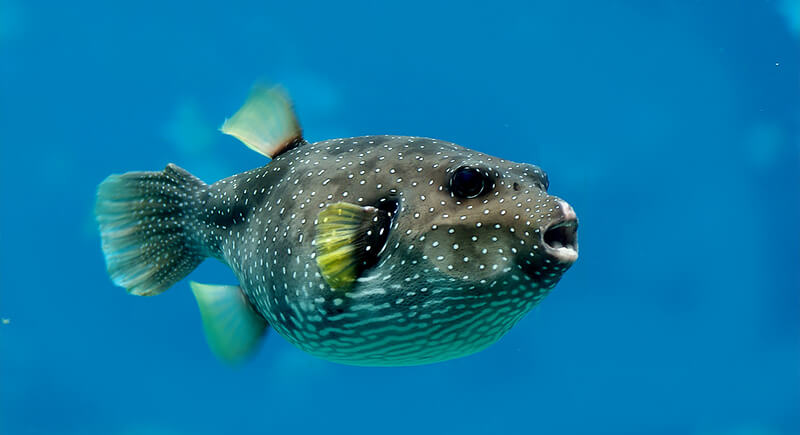
Credit: flickr
Few animals are as deceptive as the pufferfish. It inflates into a spiky ball when threatened, but the real danger lies in its toxin: tetrodotoxin. This neurotoxin is so potent that a single fish carries enough to kill 30 people. Even experienced sushi chefs must be extremely careful when preparing fugu (pufferfish meat) because one wrong cut could turn dinner into a death sentence.
Red Fire Ant
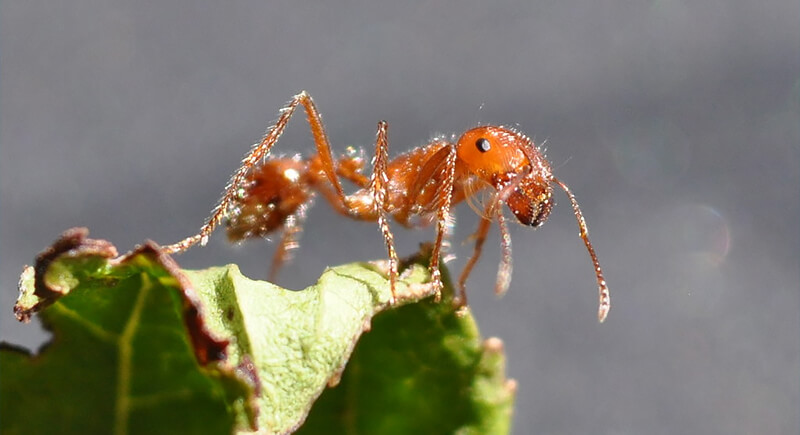
Credit: flickr
One fire ant sting might not seem like much, but when an entire colony attacks, it’s a different story. These tiny warriors latch on with their jaws and sting repeatedly, injecting venom that causes searing pain and, for some, life-threatening allergic reactions. They swarm anything that disturbs their nest, and once they’ve marked a target, they don’t stop until the threat is gone.
Moose
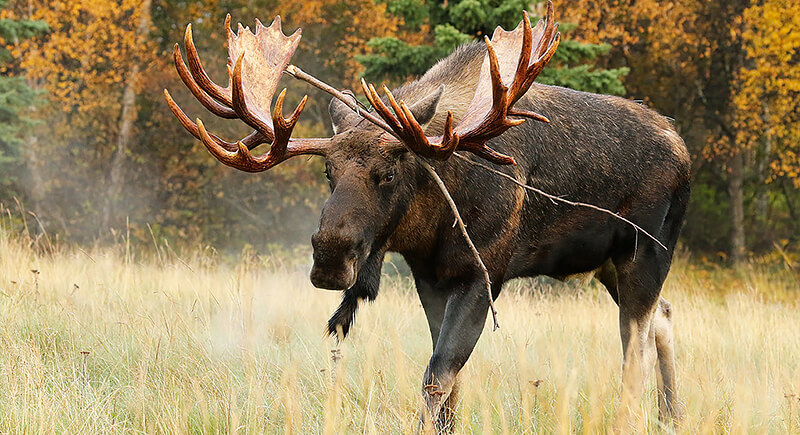
Credit: flickr
Thanks to Christmas decorations and animations, most people see Moose goofy and slow. However, these towering giants have zero tolerance for threats, especially during mating season or when protecting their young. A moose charge is nothing short of terrifying—they’ll trample anything in their way, and with their sheer size and strength, they can flip cars or crush bones without effort.
Honey Badger
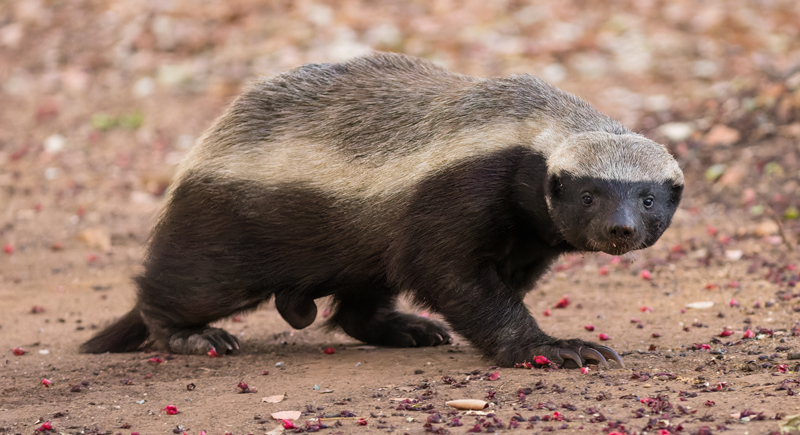
Credit: Wikimedia Commons
Honey badgers are small but notoriously tough mammals known for boldness and resilience. Their loose, thick skin protects against bites and stings, and their sharp claws help them dig or defend effectively. They hunt snakes, raid hives, and challenge larger predators, earning a reputation for fearlessness and adaptability.
Komodo Dragon
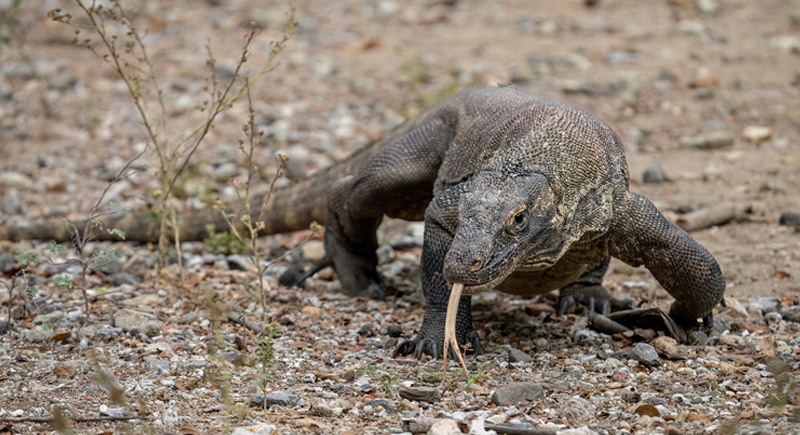
Credit: Wikimedia Commons
Komodo dragons, the world’s largest lizards, can grow over 10 feet long and ambush prey with stealth and speed. Their bite delivers venom that lowers blood pressure and prevents clotting, leading to shock or heavy bleeding. Found on Indonesian islands, these reptiles are powerful predators that demand caution and distance.